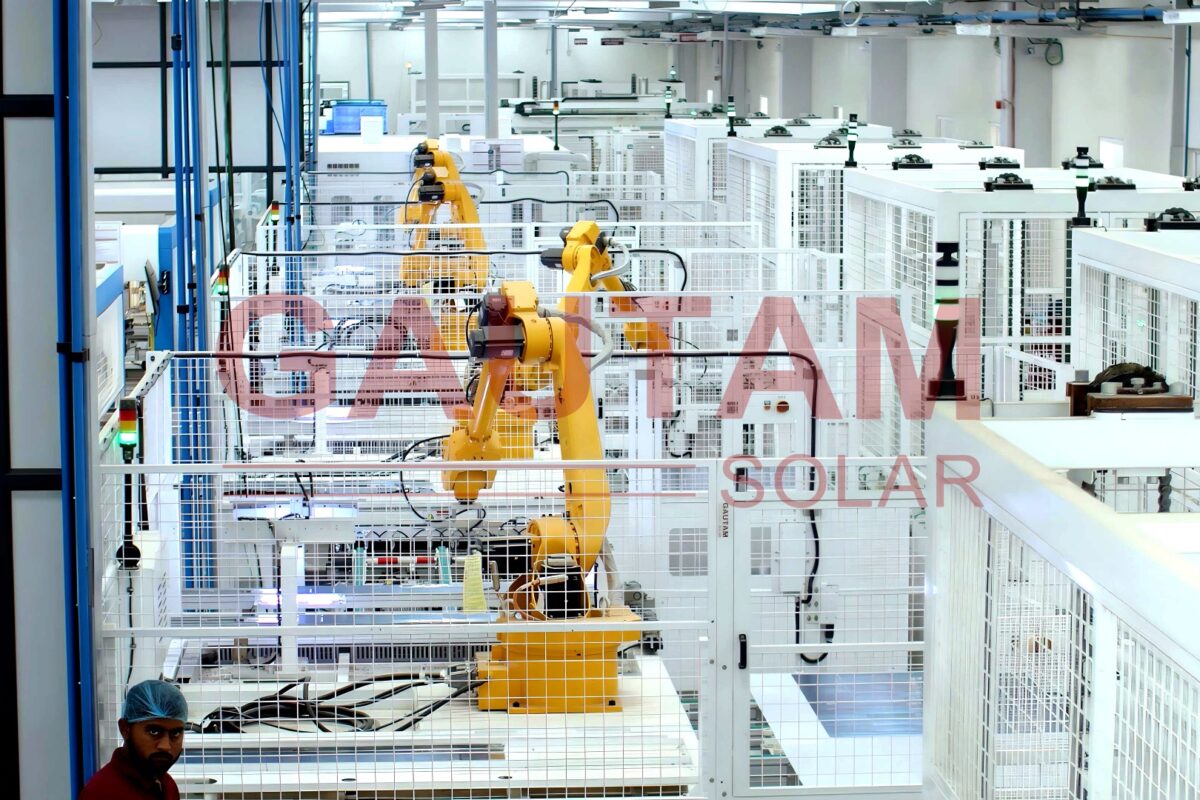From pv magazine Australia
Collaborating researchers at Dongguk and Kyungpook National universities in South Korea have achieved a breakthrough in lithium-ion battery technology by developing a novel hybrid anode material.
The development targets significantly improved batteries (longer life, faster charge, lighter) within 5-10 years, benefiting both device users and sustainable energy initiatives.
The study introduced a hierarchical heterostructure composite that optimises material interfaces at the nanoscale, resulting in enhancements in energy storage capacity and long-term cycling stability.
The engineered structure integrates graphene oxide’s conductivity with the energy storage capabilities of nickel-iron compounds suitable for future electronics and energy solutions.
Research lead Dongguk University Professor Jae-Min Oh said the team anticipates that in the near future, energy storage materials will move beyond simply improving individual components.
“Instead, they will involve multiple interacting materials that create synergy, resulting in more efficient and reliable energy storage devices,” Oh said.
“This research offers a pathway to smaller, lighter, and more efficient energy storage for next-generation electronic devices.”
Designed to maximise the synergistic effects of its components, the composite is a hierarchical heterostructure that combines reduced graphene oxide (rGO) with nickel-iron layered double hydroxides (NiFe-LDH).
The researchers explain the unique composite leverages the properties of its components: rGO provides a conductive network for electron transport, and the nickel-iron-oxide components enable fast charge storage through a pseudocapacitive mechanism. The key to the design is the abundance of grain boundaries, which facilitate efficient charge storage.
The scientists said to achieve the final composite, they employed a layer-by-layer self-assembly technique using polystyrene (PS) bead templates.
“First, the PS beads were coated with GO and NiFe-LDH precursors. The templates were then removed, leaving behind a hollow sphere architecture,” they said.
“Following this, a controlled thermal treatment induced a phase transformation in NiFe-LDH, leading to the formation of nanocrystalline nickel-iron oxide (NiFe₂O₄) and amorphous nickel oxide (a-NiO), while simultaneously reducing GO to rGO.”
They further explained, the synthesis resulted in a well-integrated hybrid composite (rGO/NiFe₂O₄/a-NiO), with enhanced conductivity making it an efficient anode material for lithium-ion batteries.
“This hollow structure prevents direct contact between the a-NiO/NiFe₂O₄ nanoparticles and the electrolyte, improving stability.”
Advanced characterisation techniques, such as X-ray diffraction and transmission electron microscopy, were then used to confirm the composite’s formation.
“Electrochemical tests revealed the material’s exceptional performance as a lithium-ion battery anode. The anode demonstrated a high specific capacity of 1687.6 mA h g−1 at a current density of 100 mA g−1 after 580 cycles, surpassing conventional materials and highlighting its excellent cycling stability. Furthermore, the material exhibited good rate performance, maintaining high capacity even at significantly increased charge/discharge rates,” the researchers explained.
Researcher Kyungpook National University Professor Seung-Min Paek emphasised the collaborative nature of the research.
“This breakthrough was made possible through close cooperation between experts in diverse materials. By combining our strengths, we were able to design and optimise this hybrid system more effectively.”
Their findings are published in Volume 506, Chemical Engineering Journal January 2025 called Phase change-induced heterointerface engineering of hollow sphere structured graphene oxide/layered double hydroxide composites for superior pseudocapacitive energy storage in lithium-ion batteries.
This content is protected by copyright and may not be reused. If you want to cooperate with us and would like to reuse some of our content, please contact: editors@pv-magazine.com.








By submitting this form you agree to pv magazine using your data for the purposes of publishing your comment.
Your personal data will only be disclosed or otherwise transmitted to third parties for the purposes of spam filtering or if this is necessary for technical maintenance of the website. Any other transfer to third parties will not take place unless this is justified on the basis of applicable data protection regulations or if pv magazine is legally obliged to do so.
You may revoke this consent at any time with effect for the future, in which case your personal data will be deleted immediately. Otherwise, your data will be deleted if pv magazine has processed your request or the purpose of data storage is fulfilled.
Further information on data privacy can be found in our Data Protection Policy.